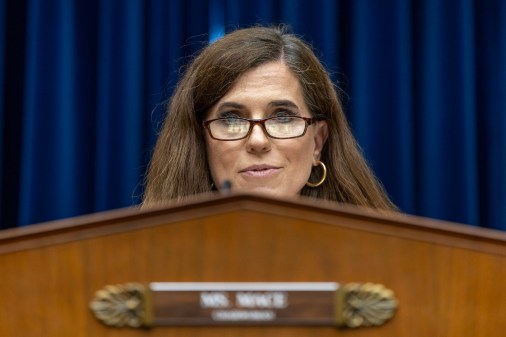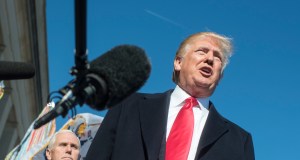Open data’s journey through an administration

In his first week of office, President Barack Obama signed the “Transparency and Open Government” memorandum, striving to promote an unprecedented level openness and transparency in the federal government.
Almost eight years later, officials Wednesday at the White House’s first Open Data Innovation Summit applauded the progress the Obama administration has made since then opening government data — all the while recognizing there’s work still to be done.
“Since then we’ve made astounding progress,” said Shaun Donovan, director of the Office of Management and Budget. “Under President Obama’s leadership, federal agencies are making more data freely available to the public for use, unleashing nearly 200,000 data sets so far.”
In conjunction with the conference, the White House also released a fact sheet with examples of open data work and the initiatives’ outcomes in recent years.
Donovan noted that “it’s fundamentally part of our American values,” to have access to information so citizens can collaborate and “build the tools that create opportunity, a more vibrant democracy, and a brighter future for generations to come.”
While touting examples of open data that have benefited the public, such as the College Scorecard, Donovan acknowledged that there is still work to be done balancing privacy with public good of opening up data. He also said there is more work to be done establishing better data governance structures in all agencies.
“We know that when done right open data and privacy complement, rather than conflict with, one another,” Donovan said.
U.S. CIO Tony Scott, who opened the White House’s portion of the Data Transparency 2016 conference with U.S. CTO Megan Smith, said moving away from a “legacy IT environment” toward “digital transformation” will not only make the federal government more secure and efficient, but also more open.
“I think this is a moment in time when we have a huge opportunity,” Scott said, noting that later, when people look back at this time, they will recognize this was the turning point.
“The data work that we’re doing here is just one example of that,” he said.
But one official at the conference said going forward, there is still a culture change to fight in showing agency officials that open data benefits them as well.
“While I work for the chief information officer, I spend probably less than 5 percent of my time on technology,” said Kris Rowley, chief data officer at the General Services Administration. “I spend 95 percent of my time communicating with people and earning their trust, and explaining to them how sharing data in a real-time way, even pushing it to an open data platform, benefits them. And sometimes they don’t see that benefit initially.”
Technology has evolved so quickly over the past few years, making migration of data from one place to another much easier “to the point that it scares people,” Rowley said.
“We have to do a better job, I think, of making sure we can talk about securing the data when it’s necessary and opening whenever possible,” he said.
Opening the conference Wednesday, Data Foundation interim President Hudson Hollister said the open data movement is really starting to shift to informing agencies that open data is useful for them, too.
“Open data might have begun as a way to bring transparency to the people; it might have started out motivated by a desire to allow citizens and taxpayers to access the information that they own. But that’s not where it’s ending up,” Hollister said. “Open data is valuable as citizens, but it’s in many cases so much more valuable to government leaders.”
He noted, contrary to conventional thought, the first users of open data are actually inside the government.
“We think that that shift from just being a transparency matter to being a management matter is one of the most important changes that open data is undergoing over the past couple of years,” Hollister said.






